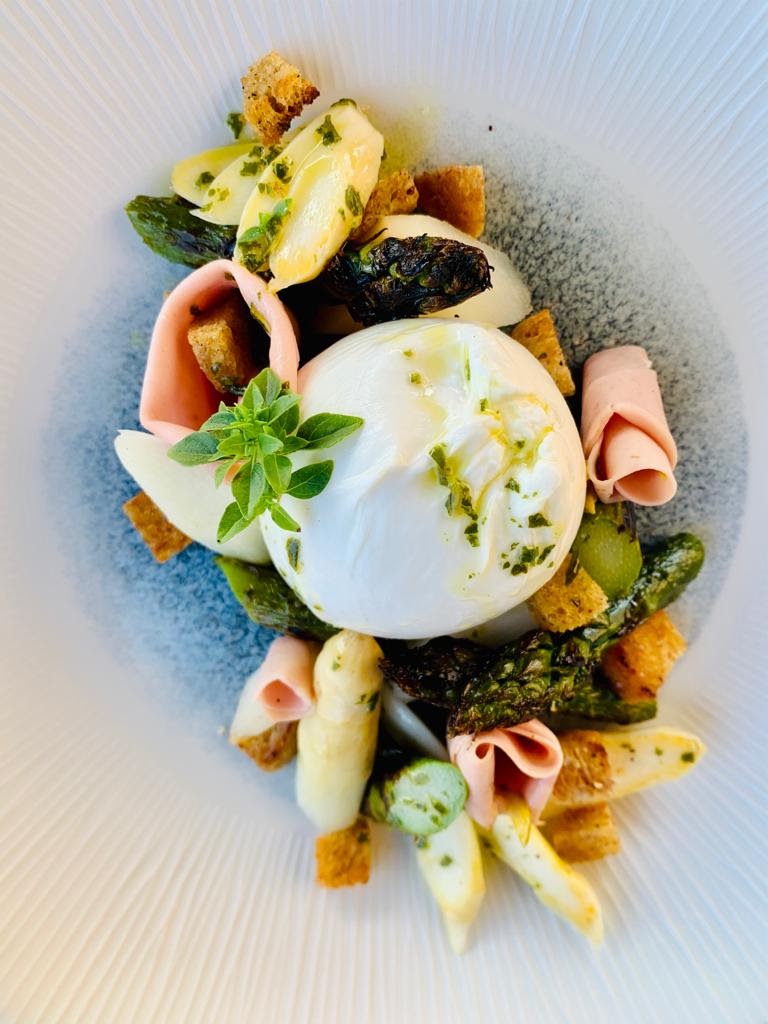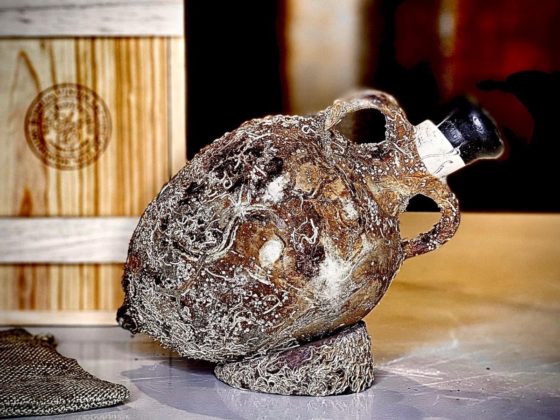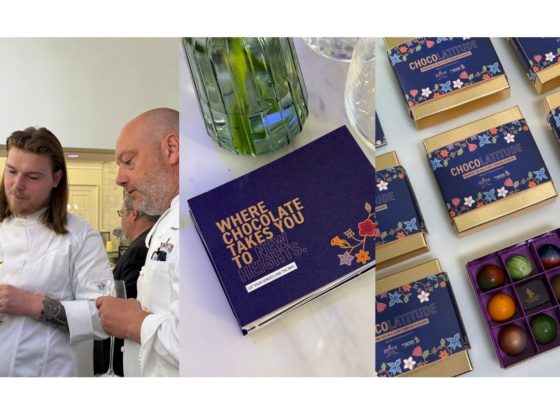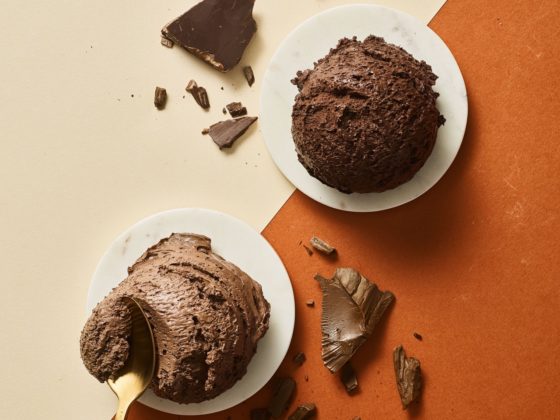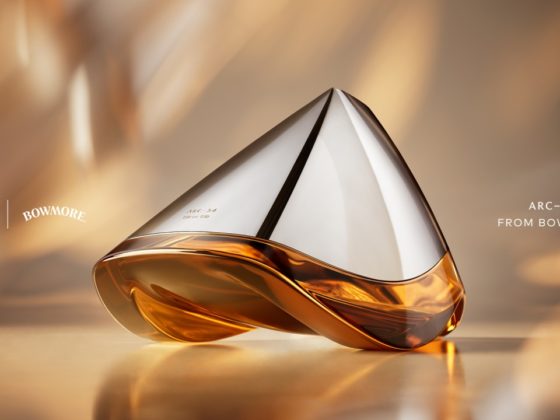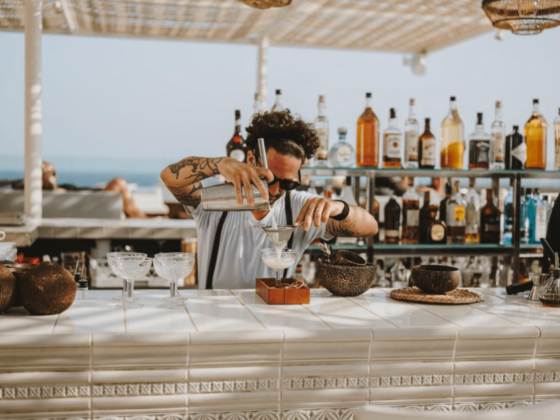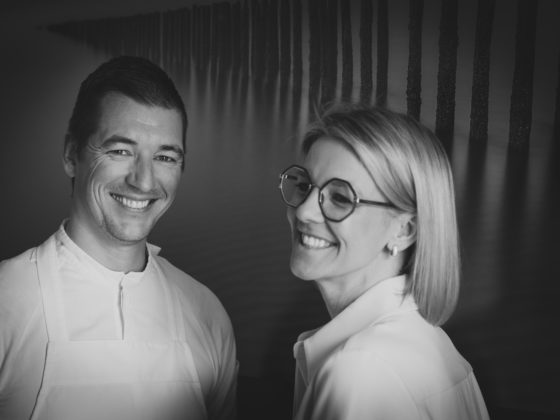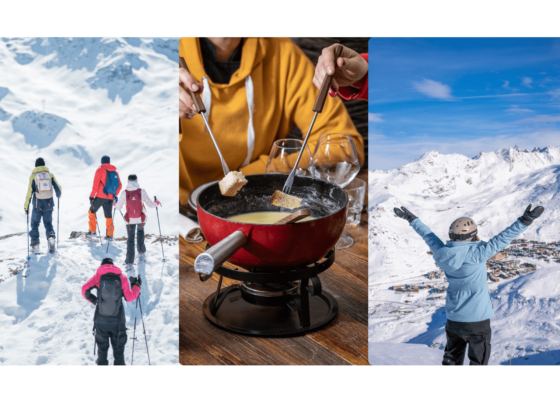Our wine specialist Jasper Van Papeghem is ex Best Sommelier of Belgium 2017-2018 and former sommelier of two-star restaurant De Jonkman in Bruges. Each month, he brings his own unique perspective on the world of wine. And he gives insight into his notebook with 'coup de coeurs'.
ASPARAGUS THE REAL BELGIAN GOLD – PAIRING 2 – CHEF ANTHONY PRESTI OF ITALIAN RESTAURANT LA DOTTA, DILBEEK
Aaaah… Here it is, my second article on asparagus pairing. Last time I already told you that asparagus is my culinary sin and I presented a pairing of white asparagus with wines from Dappersveld. Today, an irresistible pairing of a dish with green and white asparagus by Chef Anthony Presti of the Italian restaurant ‘La Dotta’ with, as you might suspect, an Italian wine. Buon appetito!
Pairing 2: Asparagi con burratina e mortadella by chef anthony presti of la dotta – Groot-bijgaarden
Institutions for 2 persons:
- 6 white asparagus AA or AAA
- 6 green asparagus
- 2 burrata 125 gr
- 4 slices mortadella with pistachio
- 2 slices stale bread
- For the vinaigrette:
- 1 handful basil leaves
- 1 egg yolk
- 6 tbsp olive oil
- 3 tbsp cider vinegar
- 2 tbsp water
- 1 tbsp mustard

Preparation:
- Start by making the vinaigrette. Add all the ingredients and puree with a hand blender until you have a smooth vinaigrette.
- Make the focaccia croutons. Slice the bread into small cubes. Heat a good splash of olive oil in a non-stick pan and fry the croutons in it. Season with salt, pepper and oregano. As soon as the pan is dry, add a little olive oil again and repeat this until they are golden brown.
- Peel the white asparagus with a thin peeler. Hold each asparagus by its head and peel from top to bottom, cutting 1 cm off the bottom. Place the asparagus in a saucepan of cold salted water and bring to the boil over low heat. When the water is boiling, turn off the heat and leave the asparagus to cook in the water for 10 minutes. Remove and pat dry.
- Wash and dry green asparagus thoroughly. Cut 3 cm off the ends. Drizzle with olive oil, salt and pepper and grill for 3 minutes on each side.
- Finish.Place the burrata on the plate. Arrange the crunchy asparagus pieces alongside, as well as the mortadella and finish with croutons. Sprinkle with vinaigrette.
Restaurant La Dotta, Dilbeek
Once again, a seemingly simple dish based on top products. Nothing is as difficult as the simple. Here it is mainly the burrata, the green and white asparagus which have to play the leading role.
Italian winepairing
Before I am struck by the many Belgian Italophiles: we will of course be serving an Italian wine with this. I want to emphasize the earthy, mineral character and choose a wine from one of the many volcanic Italian terroirs: Greco di Tufo. On tufa and other volcanic soils, one of Italy’s most underrated white wines is made here. This ancient grape has thrived here for millennia on the sulphur-rich soils and gives wines that can be both tight and rich and above all surprisingly elegant and fresh despite the warm climate. The slightly smoky sulphur note that often characterises the wines always goes very well with green asparagus and beautifully accentuates grilled dishes. The most famous sulphurous note with asparagus is, of course, after consumption and at the first visit to the toilet, but this is entirely by the by.
I choose the Mastroberardino Nova Serra Greco di Tufo 2018 here (www.wijnhuistinto.be)
In the nose, we have above all the slightly smoky, volcanic notes followed by a surprising spiciness and good acidity. The mouthfeel is refined and elegant, yet with that typical Italian bitterness that makes their wines so food friendly. The slight saltiness of the dish works wonderfully well with the minerality of this wine, while the slightly rounder acidity supports the dish beautifully. An important component that is too often forgotten when pairing wines is the length of the dish. How long does the dish linger and, above all, what lingers? In this case, we could say that we first taste the burrata, but it is the asparagus that will linger longest on the palette. In short, we could say that this is a dish that plays on nuance rather than strength and that we should also find this in the wine. This greco di tufo is uncomplicatedly delicious and oh so drinkable. Just pure pleasure.
Now the slightly rebellious side in me also comes to the surface and I am going to suggest two other, non-Italian wines after all. We stay onvolcanic terroirs but first head a little further south to the extraordinary island of Santorini. The island was forged into its current form by one of the largest volcanic eruptions in history and has created a unique terroir. The island is plagued by tight maritime winds and the only way to cultivate grapes there is to tie them up in a basket-like structure and bury them in the ground. The ashes in the ground are said by some to be responsible for the distinct structure of this wine and, of course, its particular mineral character.
The unusual suspects
The Vassaltis Assyrtiko 2019 (www.wijnhuistinto.be) is a shining example of this: ripe and exotic in the nose with immediately that typical, smoky minerality. In the mouth, it is mainly the interplay between the earthy and, above all, the salty notes that appear immediately. Surprisingly voluptuous, yet with the gastronomic elegance that I am always looking for. Here we are going to use the briny of this wine in our pairing. We are going to spice up the dish, as it were, and accentuate it with this fine briny touch. This is what I would call a complementary pairing: we are pairing the ingredients through the salt in the wine, whereby the rather high acidity makes for an extremely pleasant mouthfeel. Give the wine some time to breathe or serve it in a slightly larger glass, which will allow its special aromas to unfold.
Challenging wine from the azores
Another, relatively unknown volcanic island group lies almost perfectly in the middle between Portugal and the United States: the Azores. Here too, viniculture requires a lot of patience and courage to face the fierce winds. Contrary to Santorini, no holes are dug here, but the volcanic stones of the island are used to build high walls to protect the vines (often only 20 per clos) from the strong winds. Due to its extremely remote location, the island still has a number of unique, unknown grape varieties, each with its own specific character.
The pride of the island is the Verdelho (not to be confused with verdejo or the Portuguese Verdelho) which has adapted perfectly to this piece of unspoilt and wild nature. I opt for the Verdelho O Original by Antonio Maçanita 2018 (Azores Wine Company – Verdelho o Original – Wijnhandel Annicaert) Here too, we first find the mineral aroma but the structure of the wine is completely different. Less tropical but rather earthy, smoky with mainly some green herbs and a peppery touch which accentuates the very salty character of the wine. The briny character combines wonderfully with the white asparagus and the burrata, while the spicy character accentuates the green asparagus. What is special here is that the mortadella comes a little more to the fore and it becomes clear why the chef chose this particular combination. Again, I would choose to decant the wine or at least serve it in a larger glass.
The delicious asparagus inspiration has not yet come to an end. There is a third and final article coming, in cooperation with restaurant‘De Jonkman’. If you cannot wait for this, you can find more inspiration in our section PureFood. Thanks for reading and see you soon!
Address Restaurant La Dotta, Dilbeek: Brusselstraat 349, 1702 Dilbeek
Reservation can be made here: http://www.ladotta.be
Do you want to discover more great food spots? Take a look at our PureFood page!

